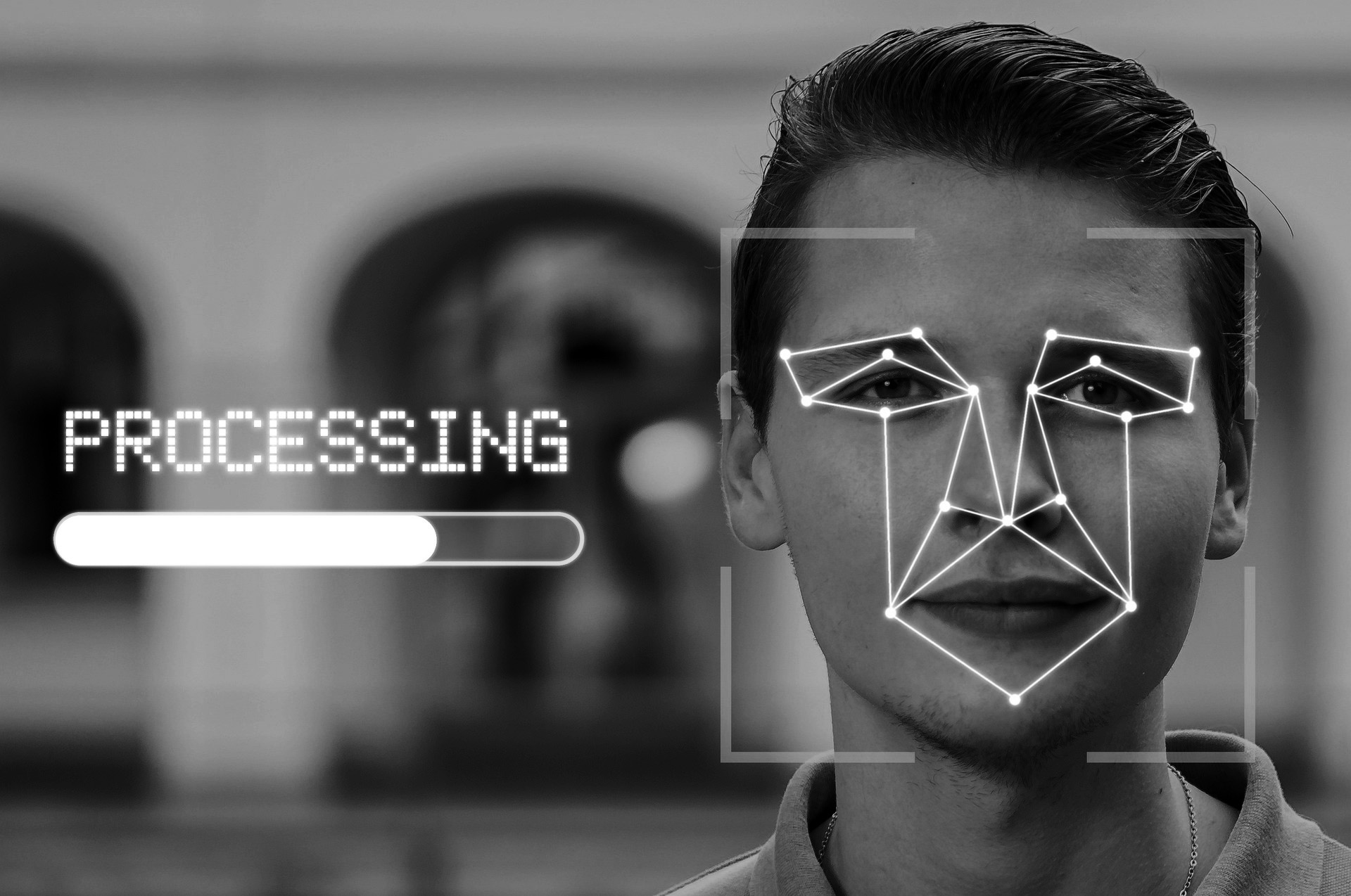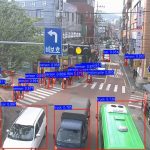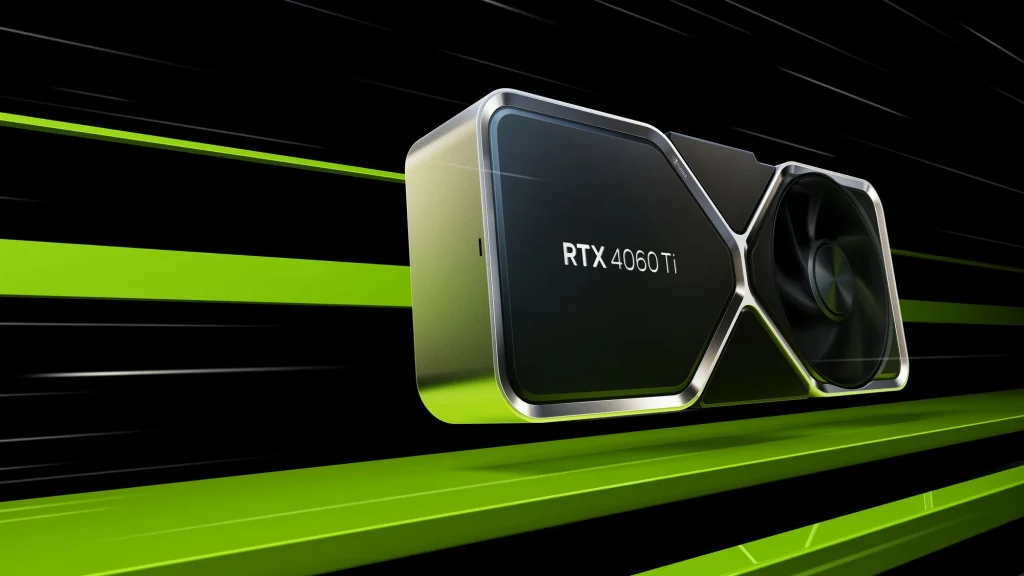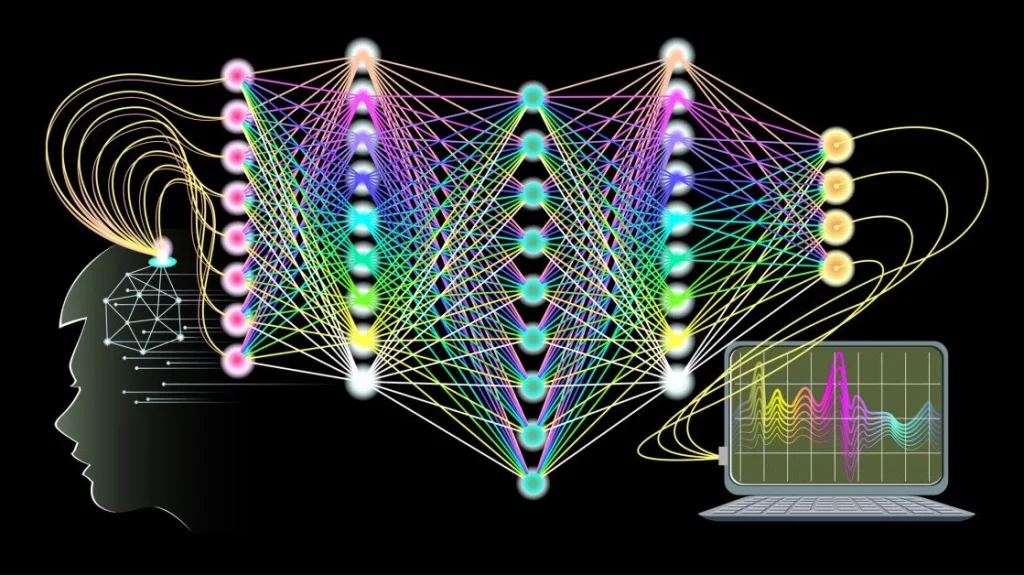Introduction to Facial Recognition Technology
Facial recognition technology has rapidly evolved over the past few decades, turning science fiction into everyday reality. This technology uses biometrics to map facial features from a photograph or video. It compares the information with a database of known faces to find a match. Facial recognition can be used for everything from smartphone security to surveillance systems.
Advancements in Facial Recognition Technology
The accuracy and efficiency of facial recognition have advanced significantly due to improvements in artificial intelligence and machine learning. These technologies allow facial recognition systems to learn from a vast array of images, enhancing their ability to distinguish between different faces with higher accuracy.
Applications of Facial Recognition Technology
Security and Law Enforcement
In security, facial recognition is used to protect devices like smartphones and laptops, and it is also employed in law enforcement for the identification and tracking of suspects. Moreover, airports and other secure locations utilize facial recognition to verify identities, reducing the need for traditional checkpoints.
Retail and Marketing
Facial recognition technology is increasingly used in the retail sector to enhance customer experiences. Stores use facial recognition to identify returning customers, tailor services to their preferences, and even measure emotional responses to products or advertisements.
Healthcare
In healthcare, facial recognition can help with patient management by identifying individuals in large hospital systems. It also has potential uses in personalized medicine and patient monitoring systems.
Privacy Concerns
The invasive nature of facial recognition technology raises substantial privacy concerns. There is anxiety about how these systems store, use, and potentially share personal data. Inadequate regulation can lead to scenarios where individuals’ biometric data is compromised or misused.
Racial Bias and Inaccuracy
Studies have shown that facial recognition systems can exhibit racial bias, often having a lower accuracy rate for people of color compared to white individuals. This bias raises serious concerns about fairness and equality, particularly in law enforcement applications where such inaccuracies could lead to wrongful accusations.
Regulating Facial Recognition Technology
The call for regulatory frameworks is growing as the use of facial recognition technology becomes more widespread. Many advocate for laws that govern the deployment of facial recognition technologies, ensuring they respect privacy rights and are free from biases.
Future of Facial Recognition Technology
As researchers continue to refine facial recognition technology, its potential applications will likely expand. Emerging areas such as seamless payment systems, personalized advertising, and advanced healthcare diagnostics are on the horizon. However, the technology’s future will significantly depend on how society addresses the ethical and privacy challenges it presents.
Conclusion
Facial recognition technology holds tremendous promise to transform sectors like security, retail, and healthcare. However, it also poses significant challenges, especially concerning privacy and bias. Balancing innovation with ethical considerations and robust regulations will be pivotal in harnessing this technology’s full potential while safeguarding individual rights.







